Rome, the capital city of Italy. It is the oldest continuous inhabited site in Europe even though history can only be traced back to the beginning of Rome around 753 BC. It is the birthplace of western civilization and claims the be the “eternal city”. This historic center is on the UNESCO list as the World Heritage Site. Under the city of Rome has many layers of cities from pre-historic Roman times. The city itself is a big archeology site.
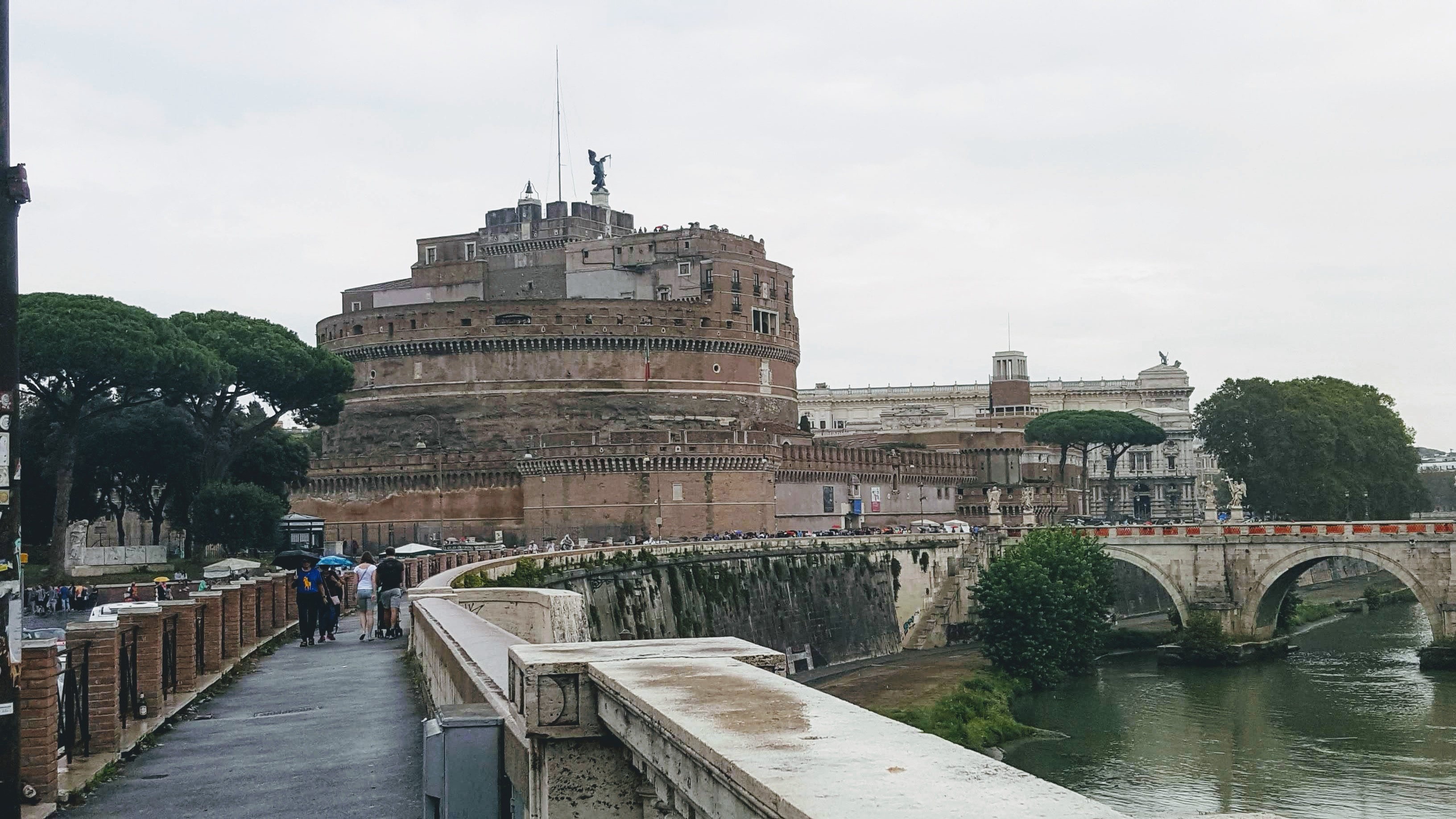
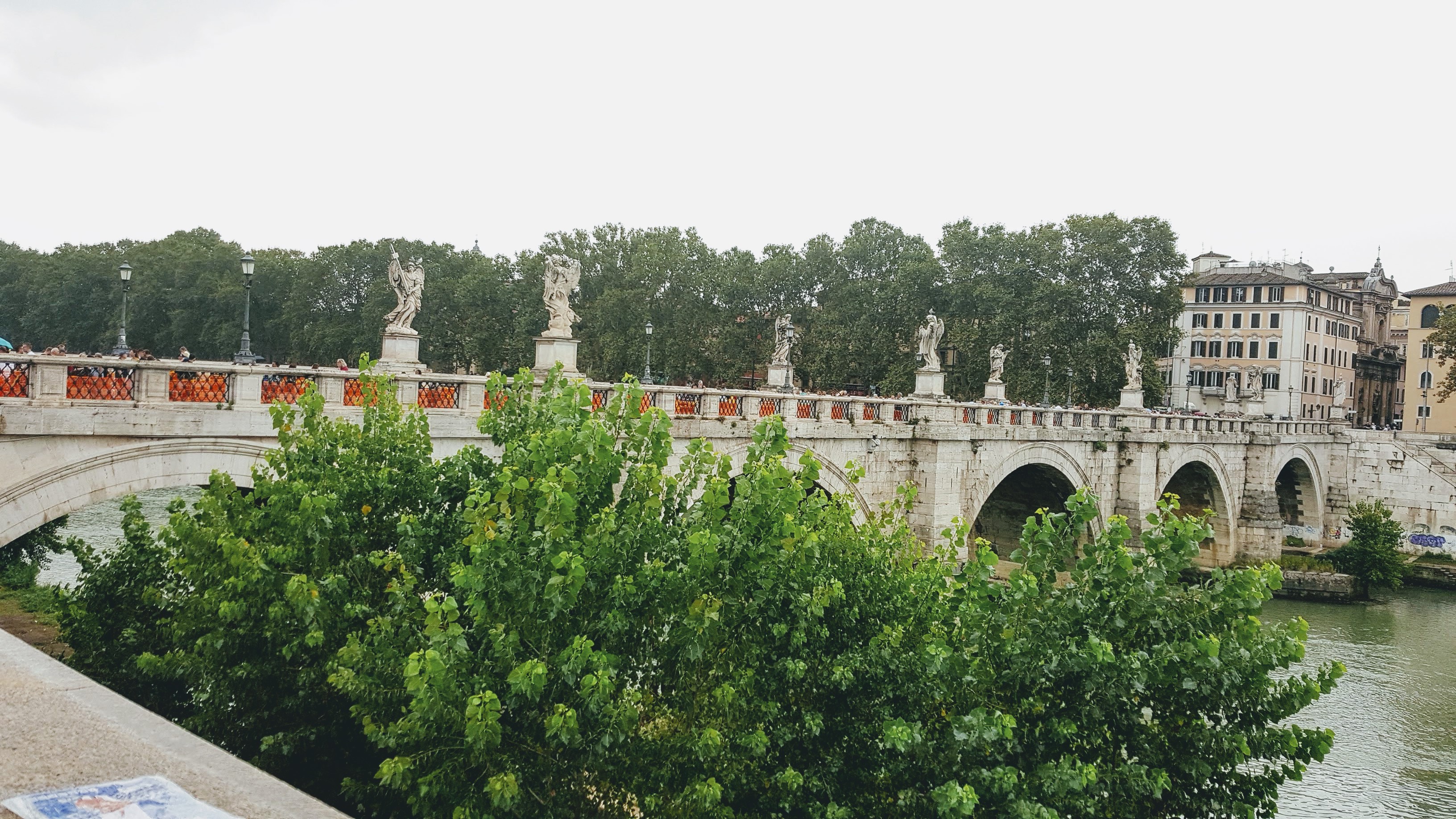


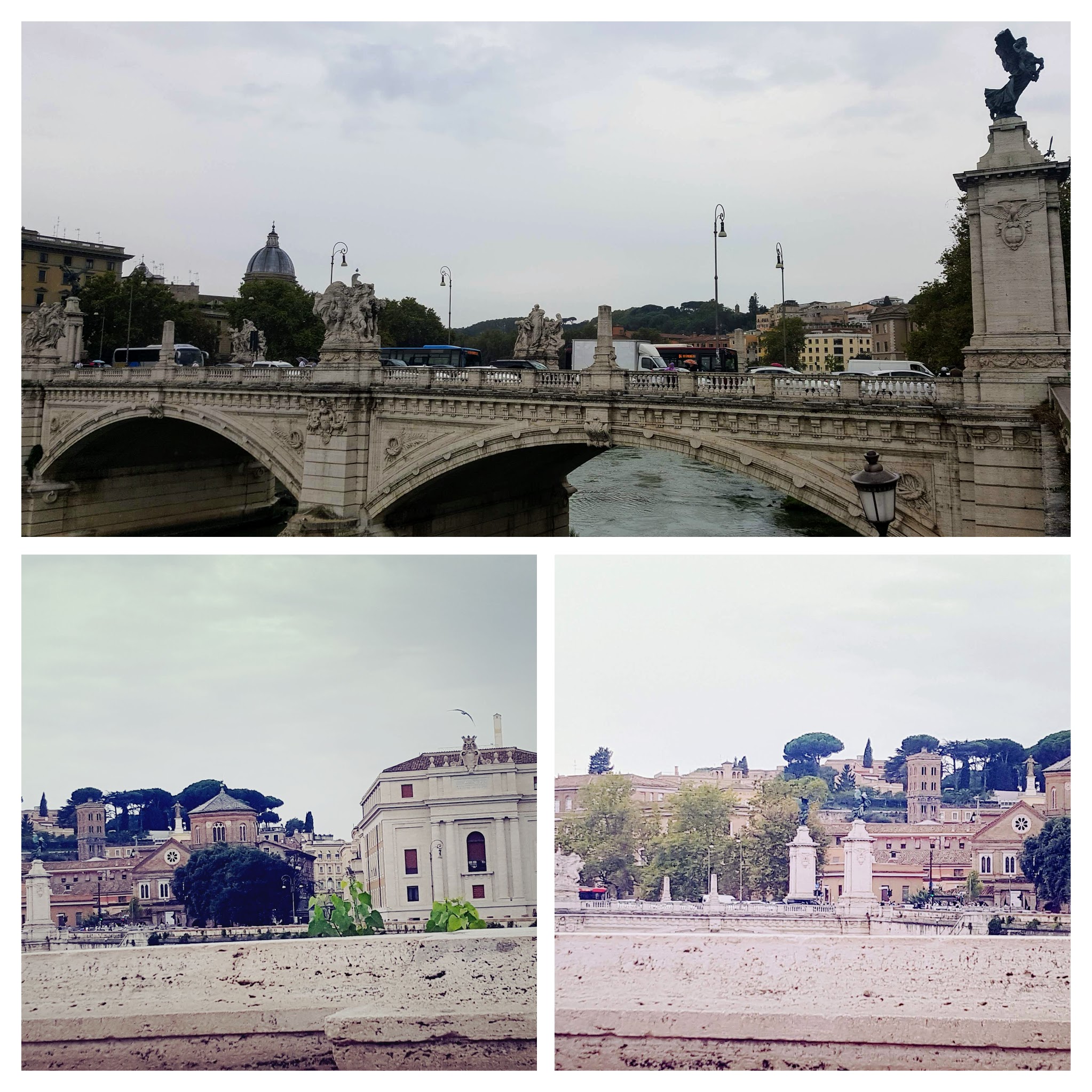
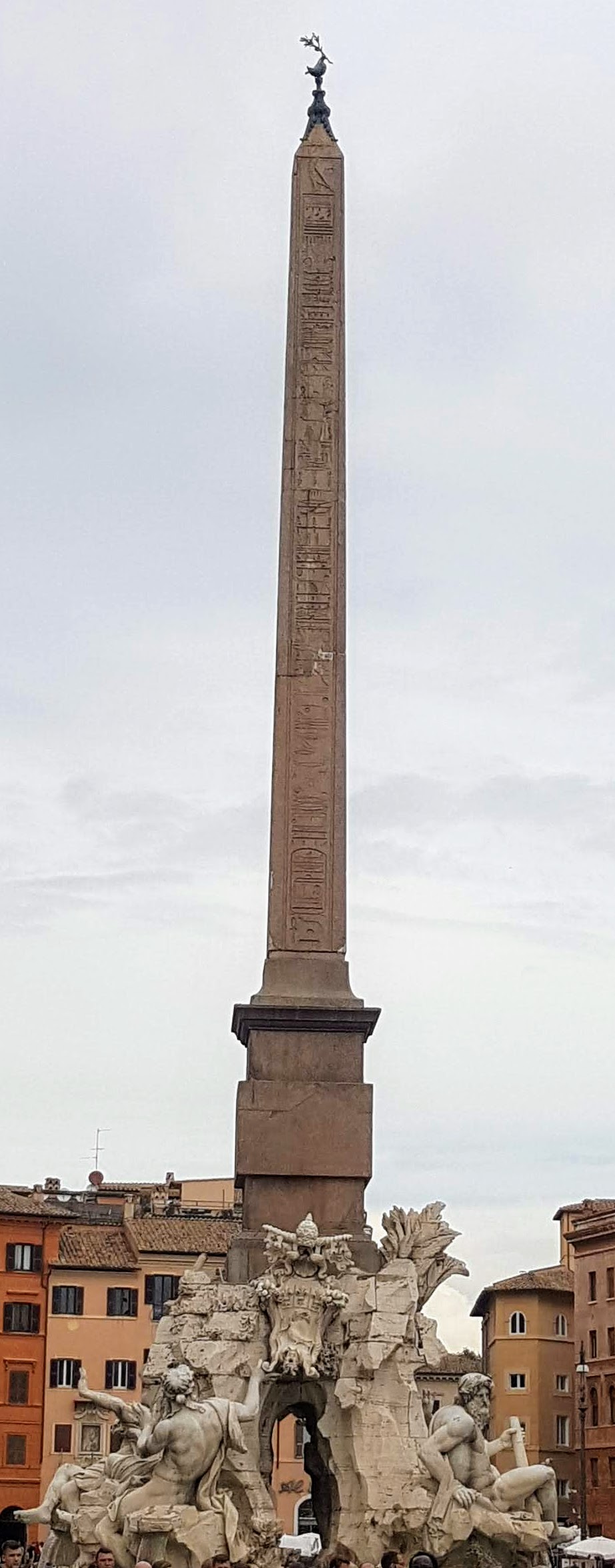
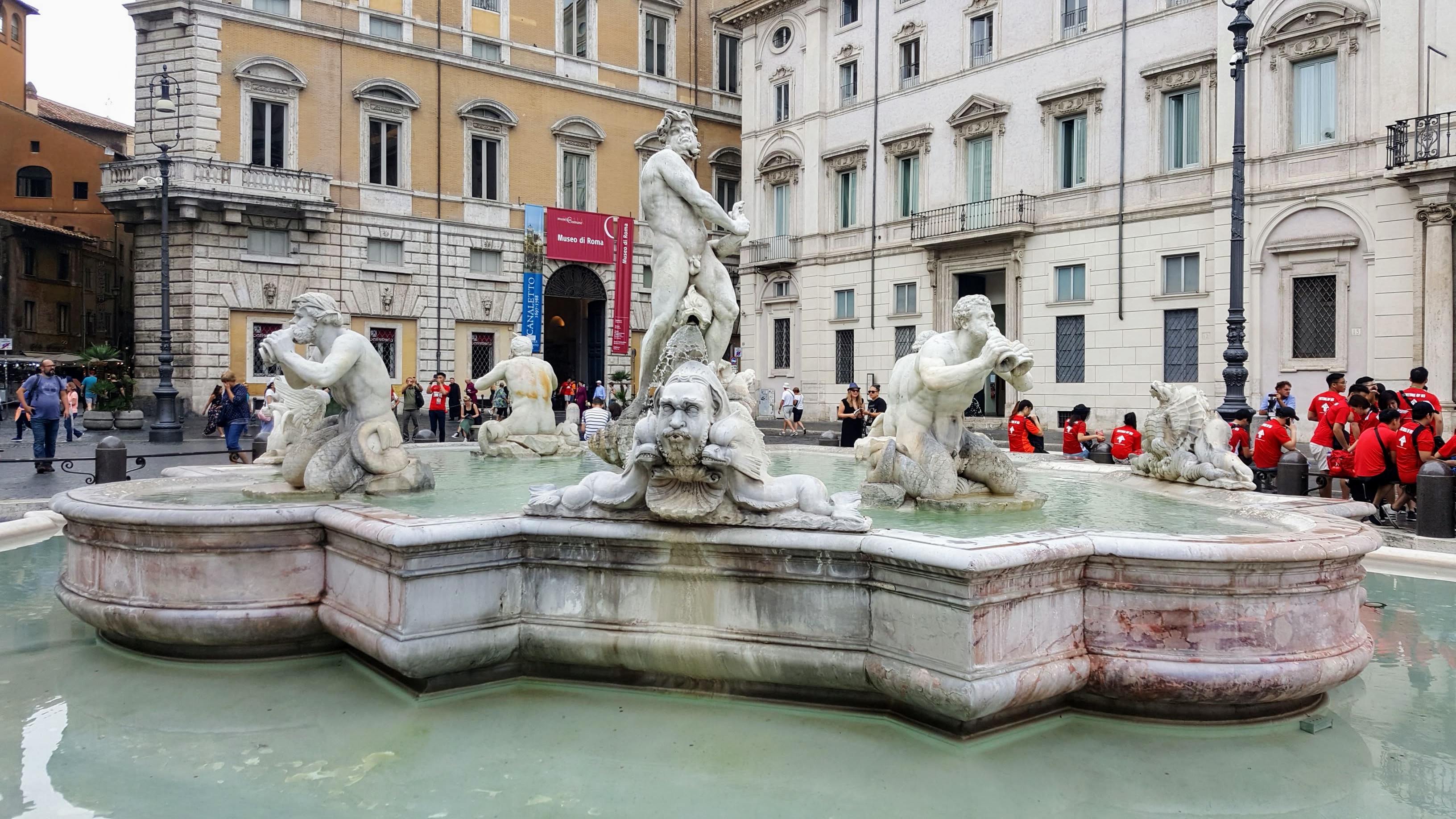
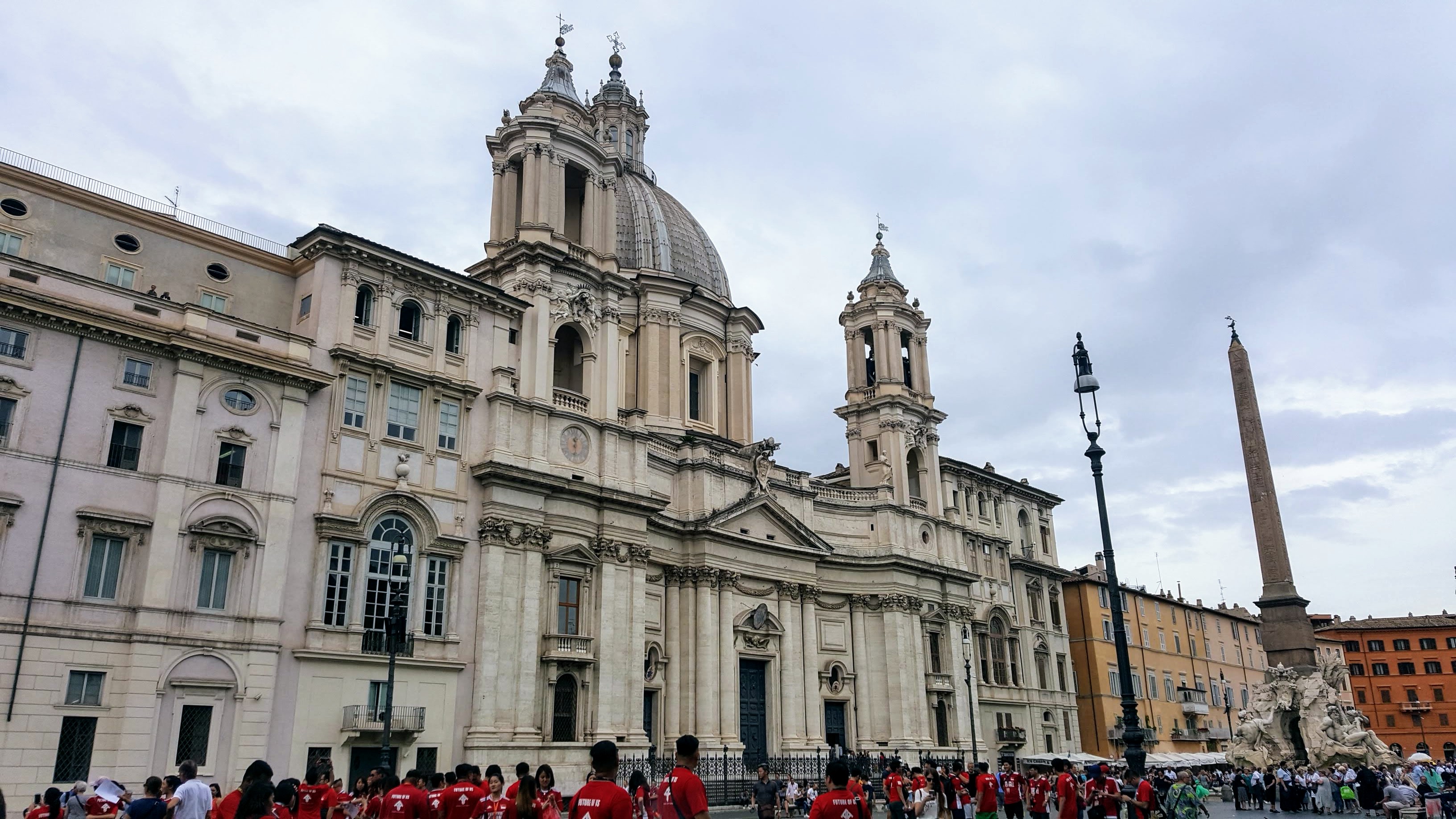
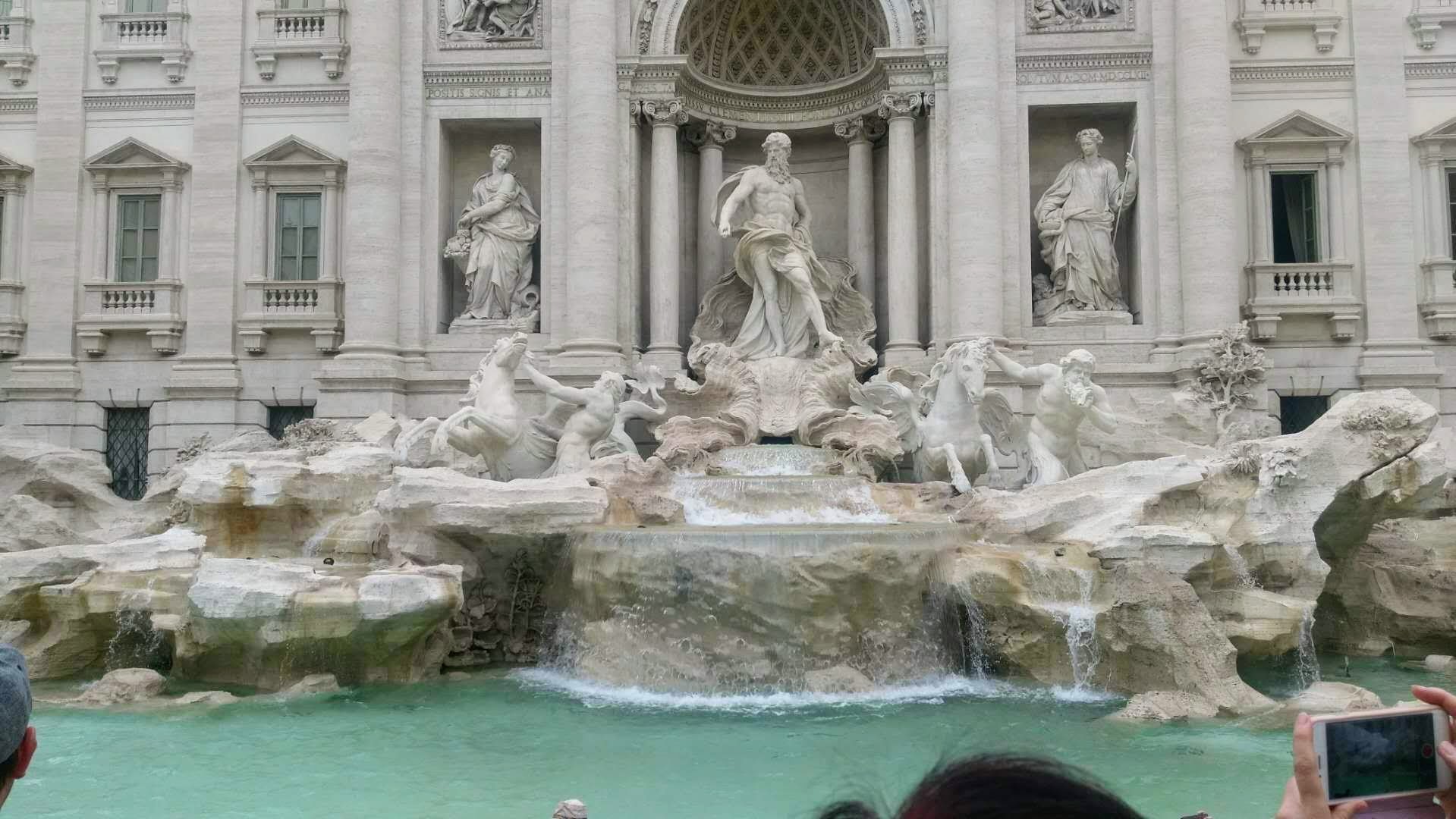
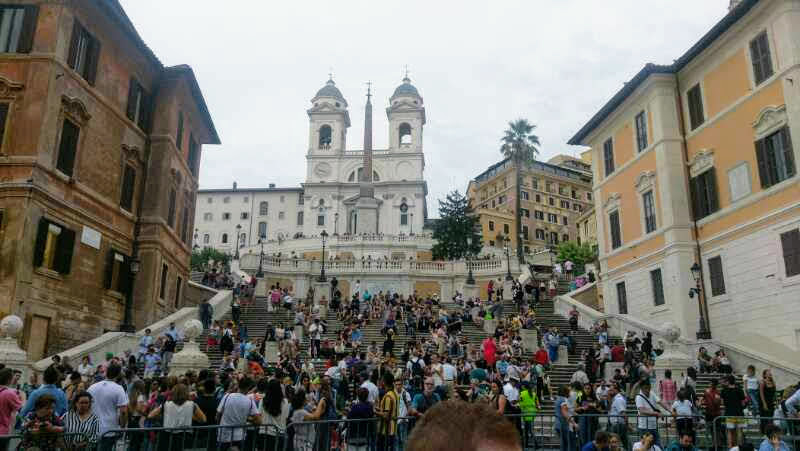

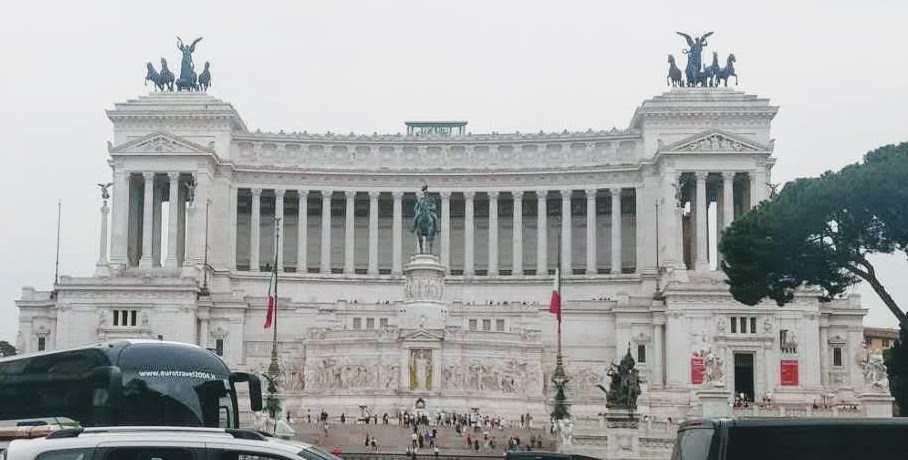
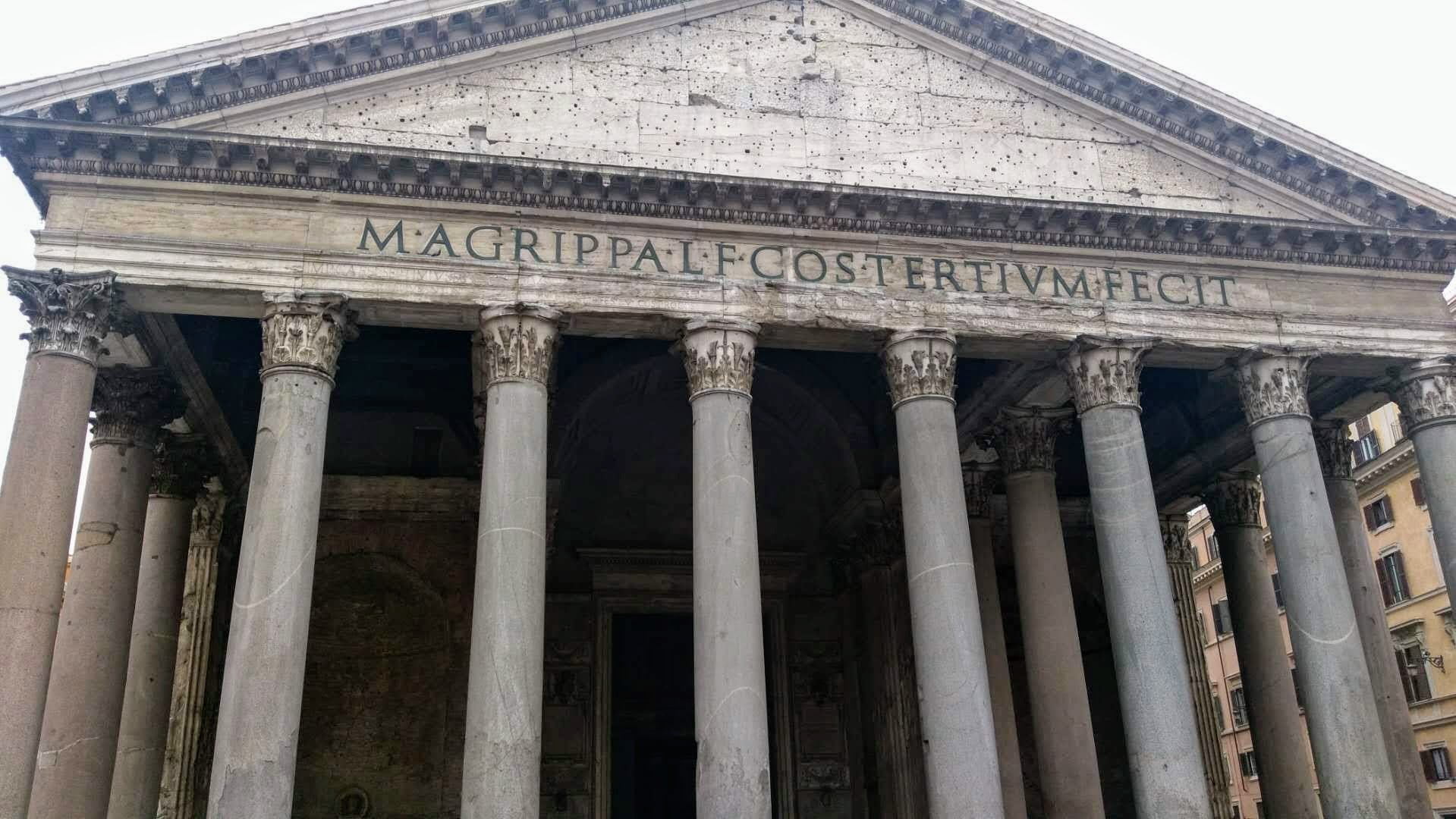
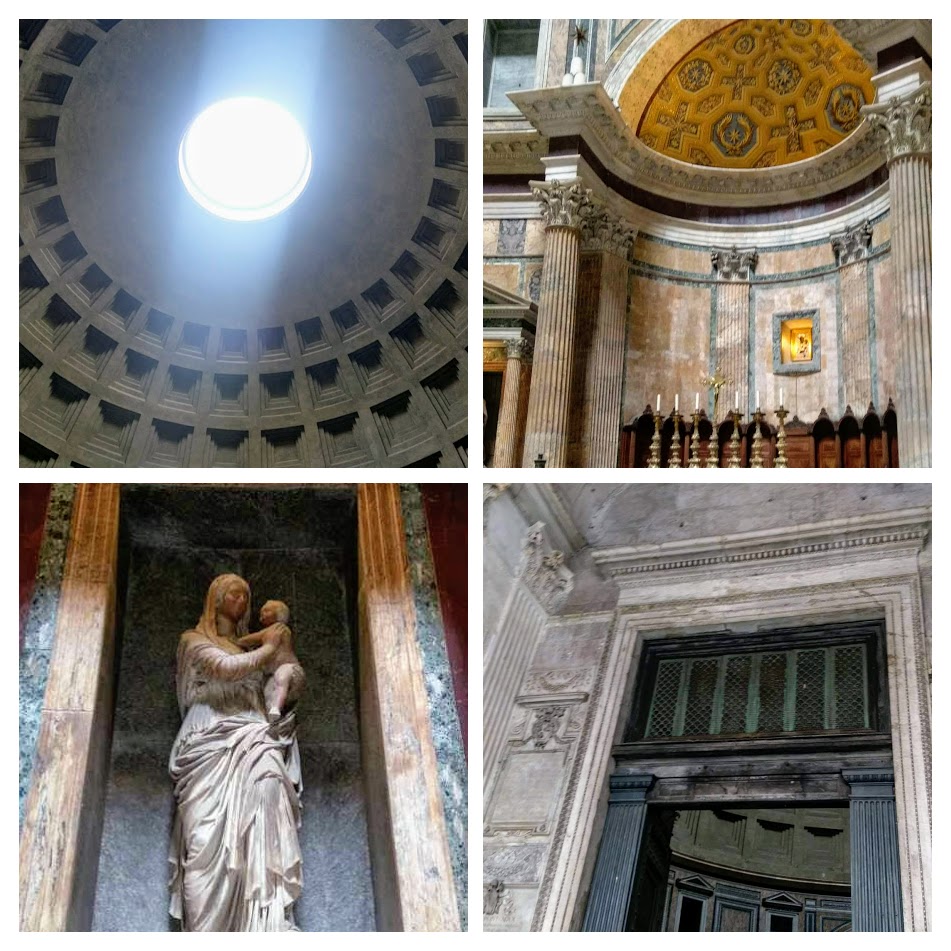
Beautiful photos of Rome, I’ll be there by end of the week!!!
LikeLike
I know you will like Rome, the most beautiful city. Have fun but be careful of pick pickpocketing.
LikeLike